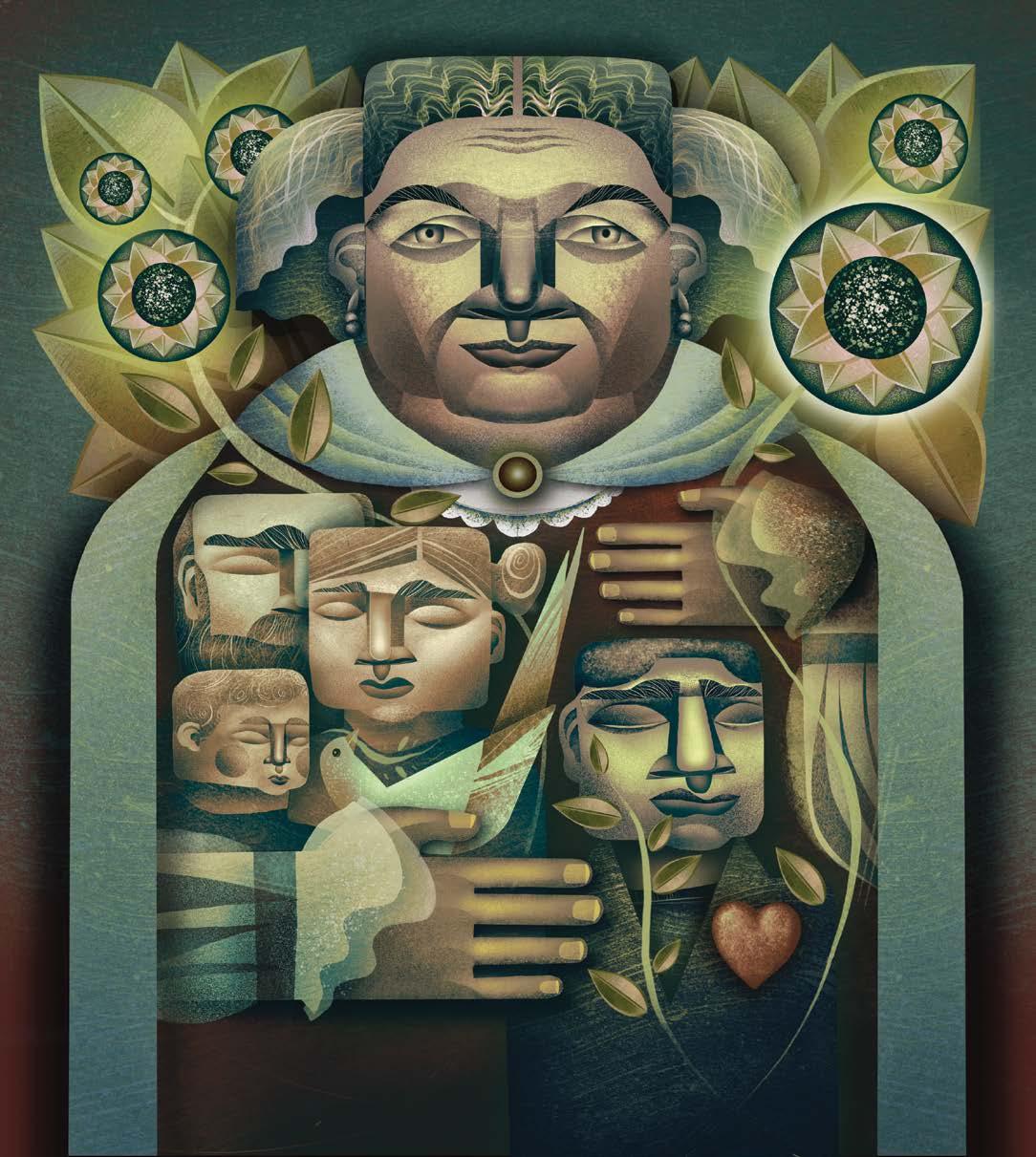
4 minute read
Humanitas
from Humanitas
by ucinursing
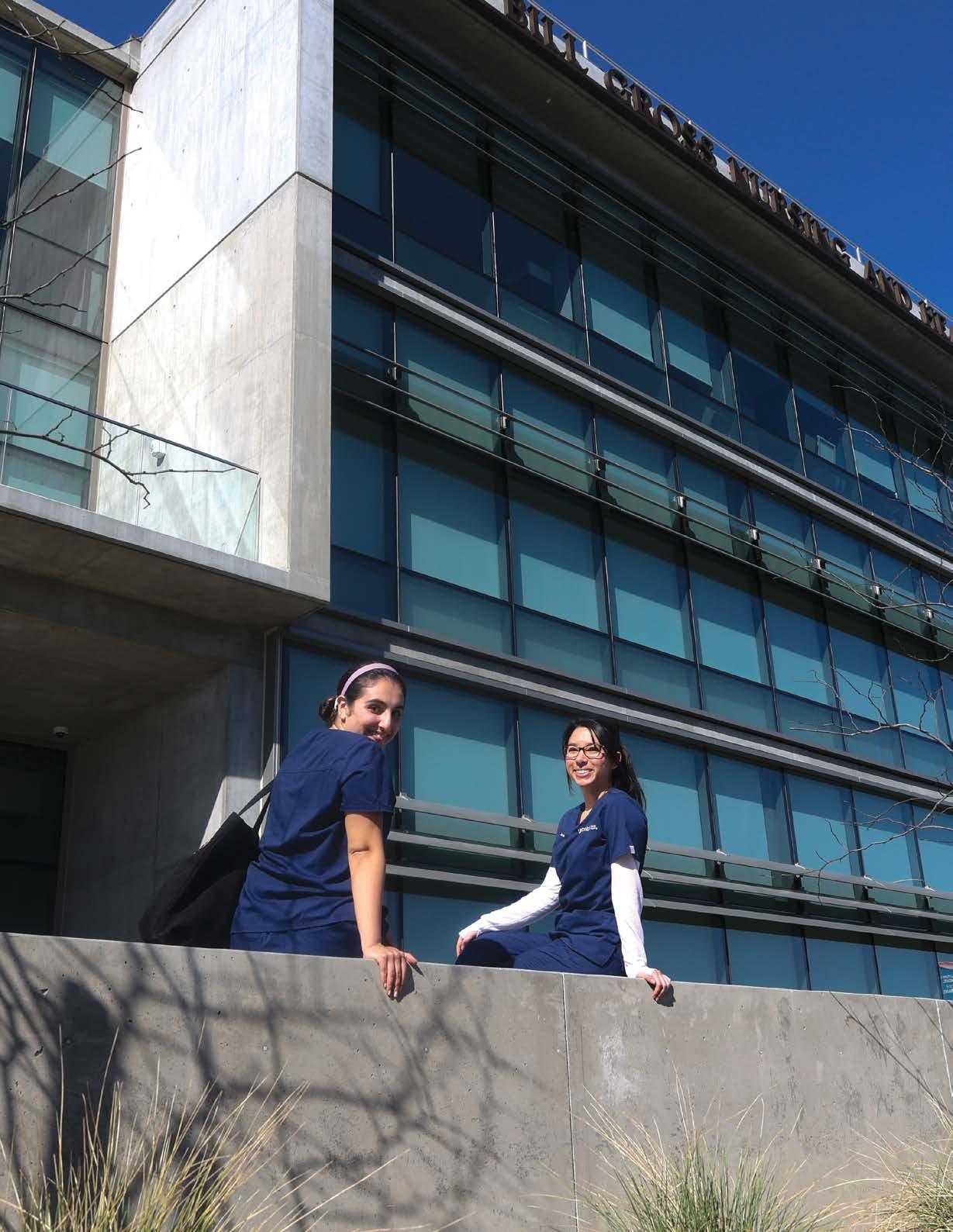

Advertisement

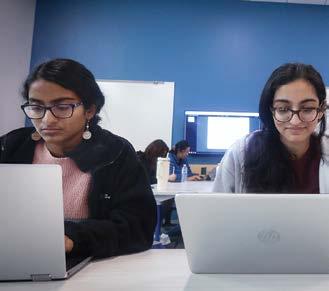
Mark Lazenby, PhD, RN, FAAN Dean and Professor
WWelcome to Humanitas, the new biannual magazine of the Sue & Bill Gross School of Nursing.
As the second ever dean of the University of California’s youngest nursing school, I was drawn to take up this role a year ago by the scale of ambition I encountered at this small but mighty organization. Nursing is a profession fueled by the human desire to help, to protect and restore the most vulnerable in our society, and to care for every one of us when we ourselves are vulnerable. At the Sue & Bill Gross School of Nursing, the determination of faculty, staff, and students to tackle issues of health equity and injustice, including climate and racial injustice, epitomize, for me, the very heart of our shared profession. The title of our magazine, Humanitas, reflects the scale of ambition that drew me here.
In this inaugural issue, we have thrown wide our doors to introduce some of the faculty, students, colleagues and alumni associated with the school, now located in a new, purpose-built home on campus in Irvine. I hope you will enjoy hearing their many voices and reading about some of the important and forward-looking work they are doing: using informatics to bring the power of data to bear on the provision of nursing care; working with local communities to tailor culturally appropriate care for sick children at home; deriving new and better ways of gaining experience for each new, and greatly needed, generation of nurses. I hope you will find in each example a little splinter of light in what, as is so frequently expressed these days, are dark times for our profession, and for far too many of our fellow citizens in the United States. For the power of nursing has always been to shed light in darkness, and there has never been a time when that light-giving power was not needed – for nurses themselves, and for all those whom we care for.
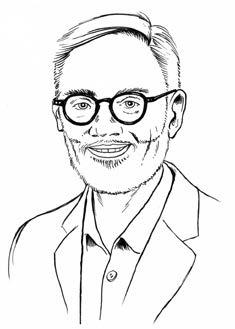
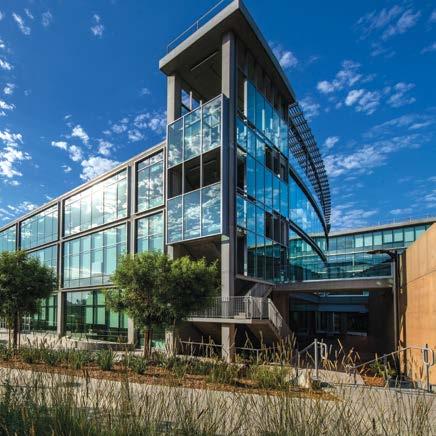
Come join us – we’re very happy to meet you.

What’s in a Day?… Brooke Baldwin
Humanitas caught up with Brooke Baldwin, DNP, RN, NE-BC, when she was Chief Nursing Executive for UCI Health, with operational responsibility for more than 2,500 fulltime equivalent co-workers and 14 business units at the 459-licensed bed Magnet® facility. The role includes a shared vision with the Sue & Bill Gross School of Nursing for education, research, and nurse leadership. Brooke took up the position in 2020, after five years at Keck Hospital at USC, in Los Angeles, having previously held a series of nursing and management roles at UCI Health.
I don’t set an alarm. My natural body clock wakes me up between 4:005:30 a.m. I’ve committed to take care of myself, so I do 30-40 minutes of exercise every day. I walk, jog or do yoga, and I’ll have tea or something.

Making my own food is part of the commitment to my health. Typically, I don’t eat breakfast till midmorning, so I bring food to work – maybe oatmeal, or eggs and green vegetables. I made this commitment two years ago and I’ve noticed a big difference.
Is there a typical workday? Yes and no. Each day I focus on different things according to schedule, but I always have an awareness of the same big picture. It involves three things: First, what we’re trying to achieve in terms of patient quality and safety. Second, my coworkers (which is what employees at UCI Health are called). What are they experiencing? Are we meeting their needs? And third, finances. Even if I’m deep in the minutiae, these things – the big bucket ideas – form the backdrop to all my thinking.
I work on site every day, and I walk around every chance I get. Out of a workforce of around 1,500 nurses, between 400-500 will be on site at any time. Even though many of my meetings are on Zoom, I need to be interacting.
I get to work at 7:30-8:30 a.m., and I’ll have scanned my emails, checked for reports of any safety events, and be ready for the interdisciplinary clinical operations huddle that happens at 8:30 each morning.
Nurses are the glue. I have 10-20 meetings a day and most of those meetings will be groups we need to bring together. A lot of our work is in teams.
You can’t have beds open without nurses. Having beds open brings in revenue and means care is available 24/7. Today I have a “Powered for Growth” meeting, where nurses look at the financial picture of a department. The CFO attends, as does the COO, and the Chief Strategy Officer. If there are financial issues, we come with a lens to help nurses understand what those are, and we work out what needs to be done to get back on budget. It’s very collaborative, very supportive.
Once a month, we have a shared governance day with the Research Council and the Sue & Bill Gross School of Nursing. It’s for decisionmaking. The clinical education department will attend. We’ll look at evidence-based practice; we’ll interpret data coming in from frontline nursing staff and look at where that can be turned into research projects for nurses at UCI Health.
What does a great day at work look like? When there’s evidence that we’re making progress towards our organizational goals. For example, we’ve been promoting RNs and physicians rounding together. The results show improvements in the nurses’ education, in patient experience, and in the physicians being more engaged and present. This is work we’ve spent months designing.
It’s great to be able to give recognition, to see the accomplishment and to share the excitement.
In reality, I’m on call 24/7. My day never ends! But I leave work at 5:00-6:00 p.m. I’m in bed by 8:30 p.m.
To relax, I’ll listen to music – any music! Reggae is my favorite. I dance in my kitchen. I don’t find cooking relaxing at all – I hate it! But I do it anyway. And I read before bed.
I’ve usually got two books on the go: one fiction, one nonfiction. I love suspense novels: something with psychological drama. The nonfiction book is usually something that informs my thoughts about leadership. Right now I’m reading The Persuaders: winning hearts and minds in a divided age by Anand Giridharadas.
I do my deep thinking on the weekends. I like to take really long hikes. That’s when I sort through my work challenges, vision, strategy –the big ideas.









